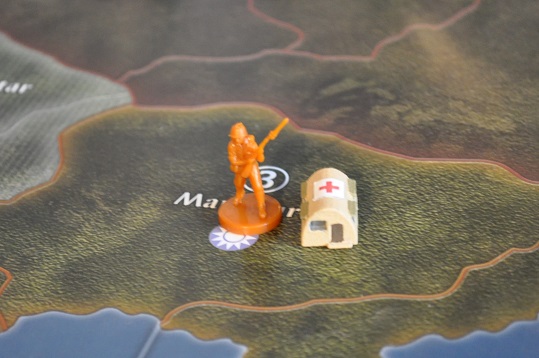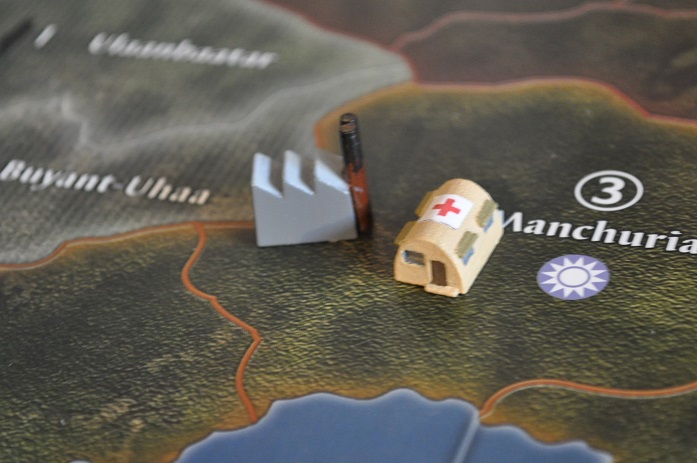Good morning Captain. Happy Friday to you. I have been struggling with finding a way to use the Waffen Pioneer unit. I have played several games and neither myself nor any opponents have ever once built them. I had an idea this morning that one way to use them that in my mind could justify their purchase based on game strategy is to clear a land mine while performing amphib. For example, in many games I see Germany/Italy battering Caucasus repeatedly with LCV’s but if you just place a few land mines which you can do on R2 using SRM, then that stops it cold as losing the LCV and any units it carries is a heavy price to pay when the odds of the LMs getting at least one hit are quite high. If a Pioneer was able to amphib across Black Sea and either attack OR clear LM’s during Combat Movement but not both, then I could see a Pioneer being of some value then. But when I read the Pioneer rule book, that’s a no-can-do. So essentially I have two questions:
Any consideration of that being allowed?? If not, can you or others on this board enlighten us with when they have actually purchased a Pioneer and were able to use it effectively??Thanks in advance









